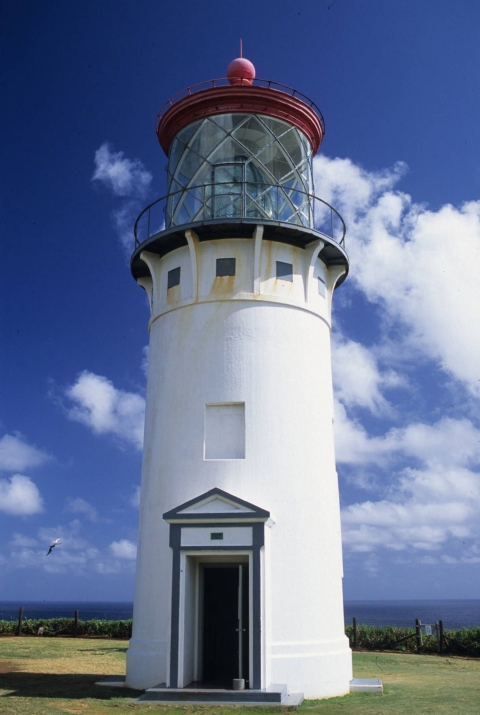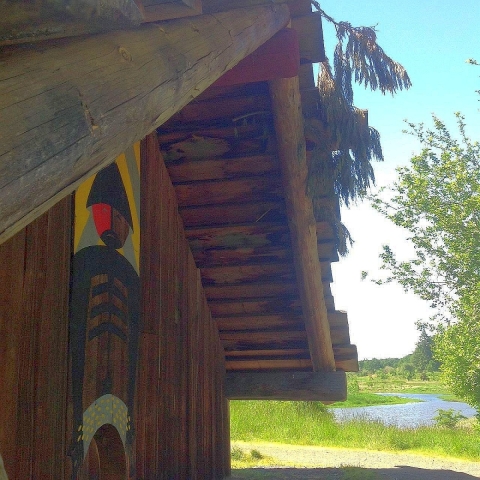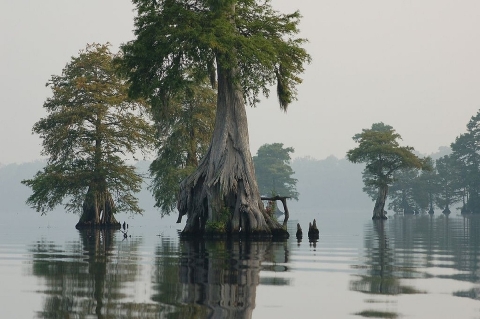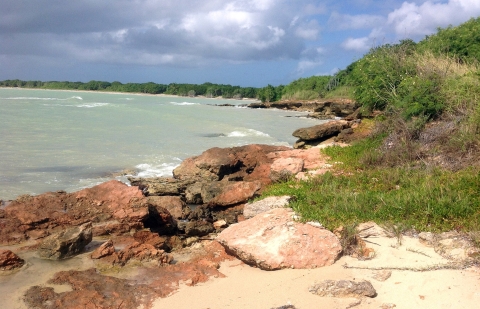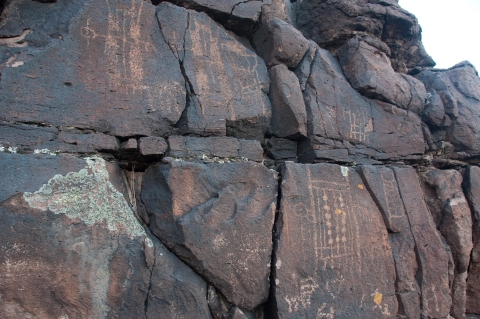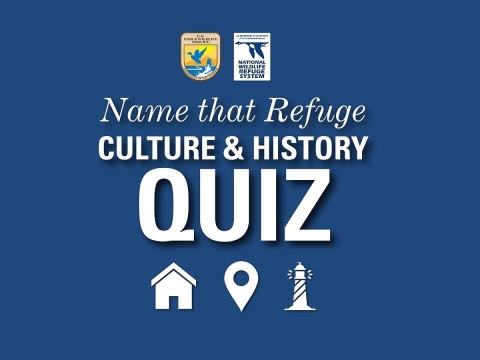Management and Conservation
At many national wildlife refuges, you can see evocative pieces of America’s past, including fossils, buildings, museum objects and archaeological remains. That’s because the U.S. Fish and Wildlife Service conserves cultural and historic resources found on its lands and waters, as mandated by Congress under the National Historic Preservation Act. The Fish and Wildlife Service conserves:
- 6.5 Million Museum Objects
- 16,920 Recorded Archaeological or Paleontological Sites
- 118 National Register-Listed Properties
4,691 Historic Buildings
11 National Historic Landmarks
- 8 National Monuments
Some Cultural Treasures at National Wildlife Refuges
At DeSoto National Wildlife Refuge in Iowa and Nebraska, you can see a remarkable historical exhibit devoted to the Steamboat Bertrand. In 1865, the Steamboat Bertrand, loaded with Civil War-era cargo, sank in the Missouri River. In 1968, it was found buried on DeSoto National Wildlife Refuge, its provisions remarkably intact. Many of those provisions, such as the bottled brandied cherries and peaches shown here, are displayed in the exhibit.
Video: “Sunken Treasure: The Steamboat Bertrand”
At Kilauea Point National Wildlife Refuge in Hawaii, you can see the Daniel K. Inouye Kilauea Point Lighthouse. The lighthouse sits on the northernmost point of Kauai. It was lighthouse was built in 1913 as a navigational aid for commercial shipping between Asia and Hawaii. It is one of more than two dozen historic lighthouses managed by the U.S. Fish and Wildlife Service.
At Ridgefield National Wildlife Refuge in Washington state, you can see the Cathlopotle Plankhouse. It's a full-scale replica of structures built by the Chinookan People who have lived along the Columbia River for at least 2,300 years. Some still live there today. The replica plankhouse serves as an important part of modern Chinookan tribal life. Explorers Meriwether Lewis and William Clark encountered similar structures in this area in 1805.
Interpretive panels recount the history of Great Dismal Swamp National Wildlife Refuge in Virginia (above). For decades in the 1700s and 1800s, the swamp sheltered a community of African Americans who fled from slavery. The community was also a stop on the Underground Railroad.
Sandy Point National Wildlife Refuge on St. Croix in the U.S. Virgin Islands conserves the Aklis site (above), an important pre-Columbian archaeological site in the Caribbean region.
Pahranagat National Wildlife Refuge in Nevada conserves rock writings known as petroglyphs (above) that are sacred to the Nuwuvi people. Many historic sites and artifacts have deep meaning to Native American tribes and other groups or are located on lands historically associated with tribes. Please respect cultural sensitivities when you visit refuge sites.
Test Yourself
How many historic and cultural resources do you know on national wildlife refuges?
Take a cultural resources quiz.



